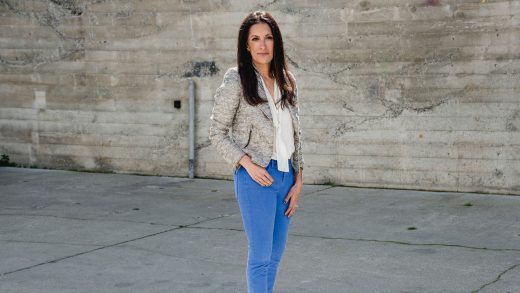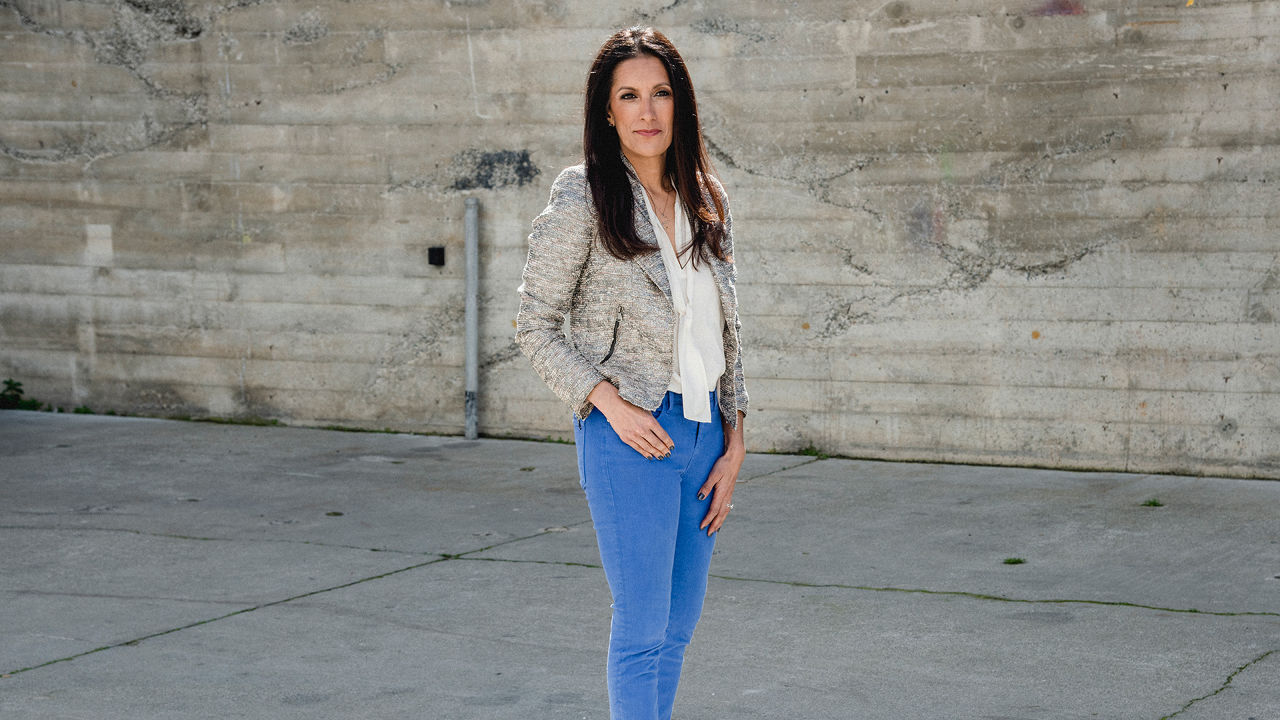How The Boardlist Plans To Get More Women Onto Startup Boards
Karla Martin remembers the phone calls. A recruiter would be putting together a slate of board candidates for a company and would reach out to see if she was interested. The hitch: She would have only until the next day to decide. Martin, a former director of global business strategy at Google with more than 20 years of experience advising companies on how to drive growth, was certainly qualified to sit on a board. But her mentors warned her to be wary of becoming the token female and African-American candidate: If recruiters were seriously considering her for the position, they would have reached out earlier. “I’m sure there’s a good number of women and people of color who respond, and they do get the board seat,” Martin says. “But my experience has been roughly what my mentors expected.”
When Facebook went public in 2012, its directors included venture capitalists and tech and media executives—but not a single woman until chief operating officer Sheryl Sandberg was added to the list a month later. Twitter went public the following year with no female directors (it has since added two). And it continues. Fitbit’s high-profile IPO last year was conducted without a woman on its board. Which raises the question: How can otherwise forward-thinking companies have such retrograde boards?
Sukhinder Singh Cassidy, a serial entrepreneur and former Google executive, wants to change that dynamic. Currently the CEO of the shopping site Joyus, she has plenty of board experience herself: TripAdvisor, Ericsson, and formerly J.Crew. But a few years ago, she started paying more attention to the overwhelming maleness of Silicon Valley boards. She saw how it could hamstring female colleagues, who miss out on invaluable opportunities to raise their profiles, meet other high-level executives, and learn important management skills. Just as important: A lack of gender parity can affect businesses. Companies with diverse boards mirror their customers’ demographics and have been shown to function better—a recent meta-analysis published in the Academy of Management Journal found that female representation is associated with increased board-level monitoring and strategy.
When Singh Cassidy recently polled male founders and CEOs for an explanation, she kept getting the same answer: Finding great female directors takes too long and is too hard. Singh Cassidy suspects that most people simply aren’t considering the right women. “You may not know her, but that doesn’t mean she doesn’t exist,” she says. In February, she launched the Boardlist, a searchable, for-profit database of female candidates, nominated largely by Silicon Valley businesspeople. The site, which operates as a benefit corporation, offers a fast and simple solution to the problem of locating qualified women for boards. But, as Singh Cassidy is discovering, the issue may not be so easy to address.
The standard board appointment process for tech startups—candidates advertise themselves, founders ask around—has been largely informal. And given the demographics of Silicon Valley’s elite, it has favored white men. Singh Cassidy’s insight in creating the Boardlist was to take that back-channel process and replicate it more formally online. (Though the Boardlist isn’t the only database of female candidates—see “Shattered Glass”—it is the most Silicon Valley–centric.) The site allows a curated group of executives and investors (including, yes, many men from Sand Hill Road) to nominate women for inclusion on the list. The site’s staffers create profiles for each candidate, populating them with information such as whether the nominator believes a woman is best suited for an early-stage startup or a company that is further along. Women, crucially, are not allowed to nominate themselves (they can only submit a request for consideration), though they may edit their profiles once they have been created.
There are now more than a thousand women on the list. CEOs can search for potential board members for free, while frequent users such as venture-capital firms and recruitment companies pay a fee. If a board is interested in someone, the Boardlist’s staffers contact her to gauge interest and make introductions. The idea is not only to introduce founders to more women, but to make the process less frustrating for the candidates themselves.
A few months after the Boardlist launched, following a beta period, it touted more than five dozen active searches and one early success: The site facilitated Martin’s appointment to the board of Challenged, an app that promotes social media challenges along the lines of the ALS ice-bucket phenomenon. But no other appointments had followed. “It’s going slow,” Singh Cassidy admits. One issue has been that Singh Cassidy and her colleagues had to play executive recruiters—phoning Boardlist members to persuade them to take interviews, advising CEOs about attainable candidates. They hope this time-consuming process will eventually become more automated. But Singh Cassidy has also learned that boards’ gender imbalance isn’t just about supply, as people often claimed. At least as often, it’s about demand.
The root of the problem lies in the way startup boards are often constructed. Most of a typical company’s seats are filled by its founders and funders—who, in Silicon Valley, are disproportionately white men. The remaining, independent seat frequently goes to someone with CEO or founder experience (again, usually a man). The result: Only about 22% to 25% of private tech boards include any women, compared with 97% among S&P 500 companies. What’s more, when the Boardlist, with the analytics firm Qualtrics, surveyed CEOs and founders about their boards, 39% said their independent seat—the best hope of getting a woman appointed—was still unfilled. These habits stand in contrast to those of big public companies, which fill seats as soon as they’re vacated and seek people with specialized expertise (auditing finances, compliance issues), creating opportunities for female candidates who may not have CEO–level experience.
Clara Shih, who sits on the board of Starbucks and is the cofounder and CEO of the social media management startup Hearsay Social, has experienced both sides of the gender challenge. She joined the Starbucks board after Sheryl Sandberg stepped down and recommended Shih as a digital expert. While Shih is one of three female Starbucks directors, she’s the only woman on her own four-person startup board. Shih would like to fill a fifth seat, the independent one, with a woman—someone with a tech background who has been a founder and CEO. “I want to bring in someone who’s been through it,” Shih explains. That’s difficult to do. But Shih isn’t in a rush. As the CEO of a small, fast-growing startup, she has higher priorities. And so the seat remains vacant.
Similar stories have taught Singh Cassidy that the Boardlist can’t just focus on supplying female candidates. She also has to convince founders to fill their seats. “We thought it would be enough to build a self-service website,” she explains. “We actually have to make the market.” Today, Singh Cassidy makes a point of counseling founders on the importance of that independent board seat. She tells them that having an independent member mitigates their investors’ control, delivers an outside perspective, and adds a tie-breaking fifth vote to four-member boards. And since female board candidates with CEO and founder experience are relatively scarce in Silicon Valley, she encourages startups to consider lower-level executives who nonetheless have overseen growth—a group that includes far more women. Someone who runs a big division of Facebook, she argues, may be just as knowledgeable as a higher-level executive elsewhere.
On the Boardlist, CEOs can look for candidates by skill—an approach that may encourage some boards to broaden their searches. Lynzi Ziegenhagen, the CEO of the ed-tech startup Schoolzilla, is searching for an independent director. She wants a woman and, like Shih, prefers founder-CEOs of high-growth tech businesses. But when Ziegenhagen recently searched the Boardlist, she found, along with three impressive CEOs, two non–CEOs who had relevant experience. She’s considering them.
Ziegenhagen’s board, however, is already atypical in that two of its three existing members are female. That’s because its CEO and an important investor (Shauntel Poulson of Reach Capital) are both women. “If you solve the investor problem and the founder problem,” Ziegenhagen notes, “this issue [of all-male boards] would go away.” It’s an important point and one that exposes a limitation of the Boardlist’s approach: No matter how many female directors they help place, Silicon Valley boards won’t get anywhere near gender parity until more women create and invest in startups. And that kind of systemic transformation is going to require a much bigger investment than Singh Cassidy’s fast and simple solution.
A version of this article appeared in the May 2016 issue of Fast Company magazine.
(28)














